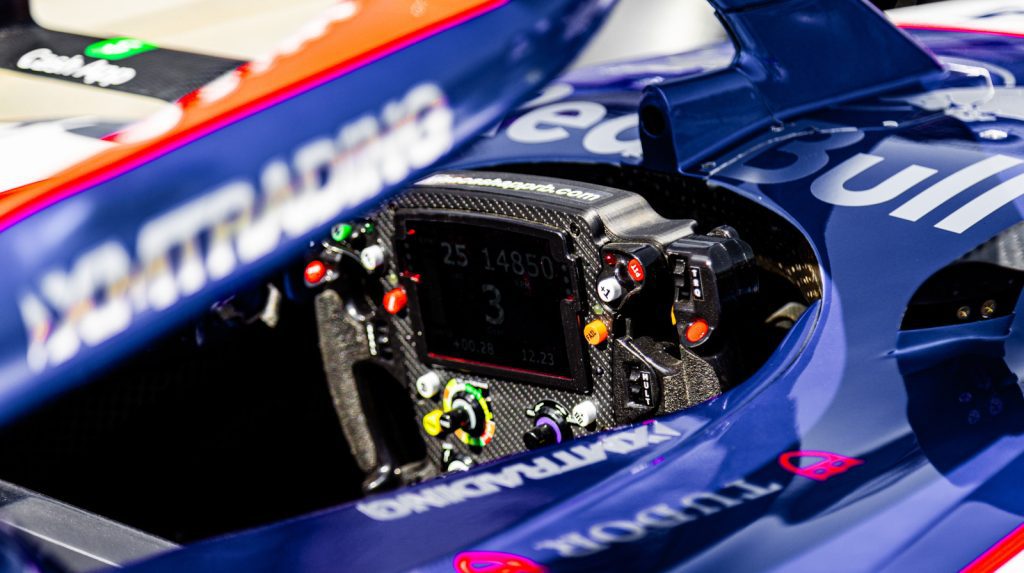Complexity of Modern F1 Steering Wheels
Today’s Formula 1 steering wheels resemble an intricate system, akin to the complexity of the U.S. tax code. Operating the myriad buttons and switches while maneuvering a race track is comparable to conducting an orchestra, but with the added risk of crashing at high speeds if a driver mismanages the controls. Unlike the simpler setups of past greats like Juan Manuel Fangio, all these buttons serve specific functions — a necessity in the current era of racing.
The variety of buttons and shapes on modern wheels has purpose. Standard controls typically include the drag-reduction system (DRS), pit-lane speed limiter, and a “Pit Confirm” button for notifying teams about pit stops. Additional features aid in managing brake balance, shifting to neutral, and maximizing power at race starts. There are also buttons for adjusting energy management, engaging the clutch, and even systems to hydrate drivers during the race.
A Shift from Past to Present
Prior to the 1980s, F1 steering wheels were quite straightforward, primarily just circular. As improvements emerged — changing materials and shapes for better grip — features like ignition kill switches and radio controls started appearing. The revolutionary introduction of paddle shifters in the 1989 Ferrari 640 allowed drivers to keep both hands on the wheel, enhancing both performance and safety.
In 1994, McLaren’s innovative idea of moving the clutch control to the wheel itself further streamlined designs, eliminating the need for a pedal. Additionally, the DRS button was introduced in 2011 to allow cars to reduce drag for increased speed during overtaking. However, upcoming regulations for 2026 will retire DRS in favor of a “Manual Override” system, which will provide an additional power boost using hybrid technology.
The Individuality of Steering Wheels
Each F1 steering wheel is customized to meet the preferences of individual teams and drivers. Handles are even molded from high-traction rubber tailored to each driver’s grip and comfort. The arrangement and function of the buttons result from detailed collaboration between engineers and drivers, ensuring that racers remain connected with their teams via onboard radios for effective communication.
Driver Daniel Ricciardo shared his initial apprehension about the extensive number of buttons on the wheel when he started racing. However, with experience, he learned to operate them seamlessly. In contrast to the simpler designs of older race cars, today’s F1 wheels have evolved into complex, carbon-fiber ecosystems of electronic controls, making them considerably more expensive than traditional vehicles.
While vintage race cars relied on basic aluminum and wood wheels due to their simplicity, modern Formula 1 steering wheels have transformed into sophisticated control units. For those without access to racing budgets exceeding $50,000, the cost of contemporary F1 steering wheels often exceeds that of an average daily driver.



